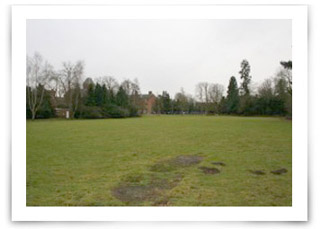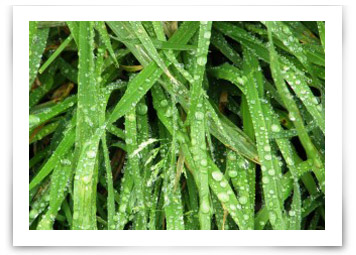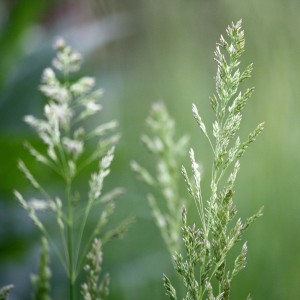How to Repair Ruts in Lawns
Lawn ruts can be prevented. Moisture, mowing patterns, and heavy equipment are often the cause of lawn depressions. However, what happens if you already have ruts in your lawn? We share our tips on how to repair ruts in lawns.

Ensure Correct Timing
Ruts cannot be fixed at just any time of the year; they require a little planning. Ruts are best repaired when grass is in a growth spurt. In late spring (for warm-season grasses) or early fall (for cool-season grasses), get out your repairing tools and expect to have a beautiful and level grass lawn after you're done.
Check Soil Mix
It's important to use the right soil when repairing ruts. Blend equal parts soil and sand or compost. This ensures that your grass will root correctly, digging deep into the existing soil.
Fix the Ruts
Ruts in your lawn can be caused by heavy equipment damage, using your mower on wet grass, or other missteps. Fixing them is actually very simple: you need to loosen the soil. If the ruts are shallow (no more than a few inches deep), pry the soil and rut up with a spade at a 45-degree angle. The sod should be approximately one to two inches above the surrounding area, and it will eventually settle over time to level evenly with the rest of your grass.
If ruts run more than four inches deep, you need to treat your soil a bit differently. Using an edger, remove the grass in the center of your rut, lifting it up and setting aside. Then, loosen the soil in the rut and add in more soil if needed to bring it one to two inches above neighboring grass. Gently place the turf back into its original spot, give it a good drink, and wait for it to level.
For deeper holes, remove the turf and set aside. Then, fill in the gap with broken bricks or large stones, cover with soil, and bring the level one to two inches above the rest of the grass. Once that's completed, put the sod back into place and sow additional grass seed if needed.
Mowing lawns is never fun when depressions and ruts exist. By repairing your ruts, you'll set yourself for an easier mowing job, which is always a relief as the weather gets warmer and mowers begin revving up for the hot summer months.


